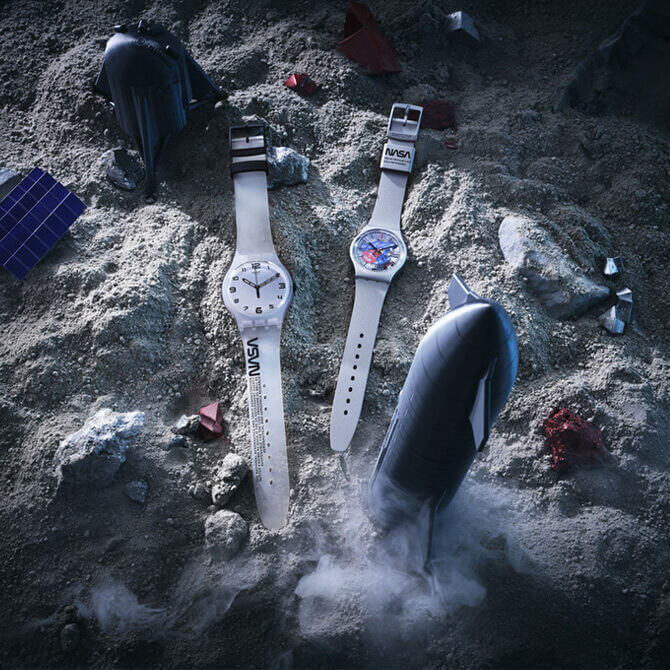 There are over 11,000 satellites in low Earth orbit, providing internet, surveillance and navigation services, The New York Times reported.
There are over 11,000 satellites in low Earth orbit, providing internet, surveillance and navigation services, The New York Times reported.
It is not going well. China’s Starlink competitors have only about 120 satellites in low Earth orbit.
China’s two biggest networks have been deployed less than 1 percent of their planned satellites, records show, a measure of how far they are falling behind Elon Musk’s company SpaceX for dominance in space communications.
Satellites in low Earth orbit, up to 1,200 miles above the planet, are increasingly seen as essential for driverless cars, drone warfare and military surveillance. China regards Starlink as a military threat, and Chinese companies have invested heavily in two huge networks, with nearly 27,000 satellites planned between them.
Space.Com reported: A new group of Starlink satellites are circling the Earth after an early Sunday morning (July 26) launch from Florida.
A SpaceX Falcon 9 rocket lifted off at 5:01 a.m. EDT from Space Launch Complex 40 (SLC-40) at Cape Canaveral Space Force Station in Florida. The boosters upper stage reached a preliminary orbit about nine minutes after leaving the ground.
The 28 broadband internet satellites (group 10-26) were released into low Earth orbit about an hour into the flight.
“Deployment of 28 Starlink satellites confirmed,” SpaceX confirmed on the social media network X.
The launch is the first of two Starlink missions planed for the day. SpaceX has schedule a second launch with 24 satellites from Vandenberg Space Force Base in California at 8:55 p.m. PDT local time.
As planned, the Falcon 9’s first stage separated from the upper stage at about 2 minutes into the ascent and then preformed a propulsive return to Earth, firing one of its engines to land on “A Shortfall of Gravias” an autonomous droneship station in the Atlantic Ocean. The booster completed its 22nd flight.
UPI reported: SpaceX early Saturday launched another 28 Starlink satellites into low-Earth orbit from Florida, days after a short service outage hit the space-based internet provider.
The Falcon 9 lifted off at 5:01 a.m. EDT from Cape Canaveral Space Force Station’s Pad 40. The first stage booster launched for the 22nd time, including Crew-6 and 17 previous Starlink missions.
About 8 minutes after liftoff, the booster landed on “A Shortfall of Gravitas” drone shop stationed in the Atlantic Ocean. It was the “119th touchdown on the drone ship and the 480th to date for SpaceX in Florida and California.
This year, it was the 91st Falcon 9 launch, according to SpaceFlight Now. There are more than 8,000 Starlink satellites in orbit, according to astronomer Jonathan McDowell.
 NVIDIA’s new DGX Spark is shaking up the AI world — a $3,999 pocket-sized supercomputer built to run powerful AI models locally. A true game changer for developers.
NVIDIA’s new DGX Spark is shaking up the AI world — a $3,999 pocket-sized supercomputer built to run powerful AI models locally. A true game changer for developers.
 There are over 11,000 satellites in low Earth orbit, providing internet, surveillance and navigation services,
There are over 11,000 satellites in low Earth orbit, providing internet, surveillance and navigation services,




 The
The 